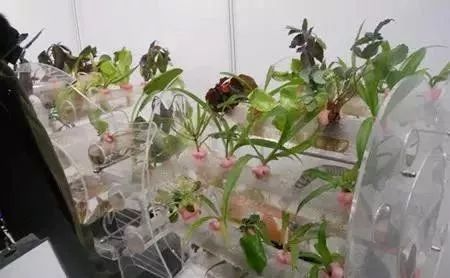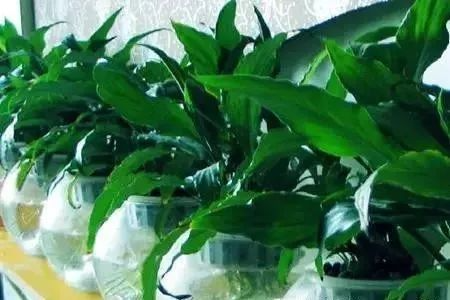Soilless cultivation methods and techniques for flowers
Soilless flower cultivation is a new plant cultivation technology in modern times. It can produce a large number of vegetables and fresh cut flowers in a smaller area. It can not only shorten the production cycle, but also greatly improve product quality and make the size of flowers and fruits uniform.
Today, as urban housing develops towards three-dimensional space, soilless cultivation is particularly suitable for growing flowers in small areas such as windowsills, balconies, hallways, and desks. Soilless cultivation can prevent underground pests and diseases, and will not emit odors due to fertilizing the potting soil. There is no need to prepare the culture soil, which saves the trouble of loosening the soil, weeding, and changing the pots. More importantly, the loss of nutrients in potting soil is as high as 40% - 60%. The loss of nutrients in soilless cultivation generally does not exceed 10%. If cultivated properly, the growth of flowers is generally stronger than that of potting soil cultivation.
Some home gardeners in the south often soak the rootless lucky bamboo stems in a vase. They will take root in about 10 days and grow well. After taking root, they don't need to be planted in potting soil. Other flowers and plants, such as bamboo evergreen, can also be cultivated and displayed in this way, which is called "hydroponics".
Most people think that soilless cultivation is hydroponic flower cultivation, but it is not true. Hydroponic cultivation is just one method of soilless cultivation. In addition to single-stalk foliage flowers such as lucky bamboo and bamboo-jointed evergreen, many other foliage and flower flowers with strong growth or no stems must first be fixed to allow them to grow upward without falling over. This requires the use of granular cultivation substrates or pea stone, perlite, etc. sold in flower shops to fix the roots, and then inject water into them for cultivation. Commonly used methods include gravel cultivation, sand cultivation, leech cultivation, asbestos block cultivation, plastic granule cultivation, etc., which are collectively called soilless cultivation.

When soilless cultivation is carried out in the flower field, the nutrient solution is prepared according to the different needs of various flowers. The operation is quite complicated and involves many issues, such as the composition of nutrient elements, the concentration of nutrient solution, the effectiveness of nutrients, the consumption and supplementation of nutrient elements, and the test of pH, etc. When family flower growers carry out soilless cultivation, there is no condition and no need to prepare nutrient solution by themselves. Professional authors have designed and produced a lot of nutrient solutions for family flower growing and sold them in flower shops. When using them, you should read the instructions carefully. The key is that the water content should not be less than the amount of water dilution indicated in the instructions, otherwise the root system will be burned due to excessive concentration.
Nutrient elements will gradually oxidize and photochemically react in the flower container, and the pH will also lose balance, so they should be replaced in time. For indoor flowers, the medium should be replaced every 3-4 hours. When replacing, the culture medium must be thoroughly rinsed with clean water, and then new nutrient solution diluted with water is injected, otherwise the water concentration will become higher and higher.

